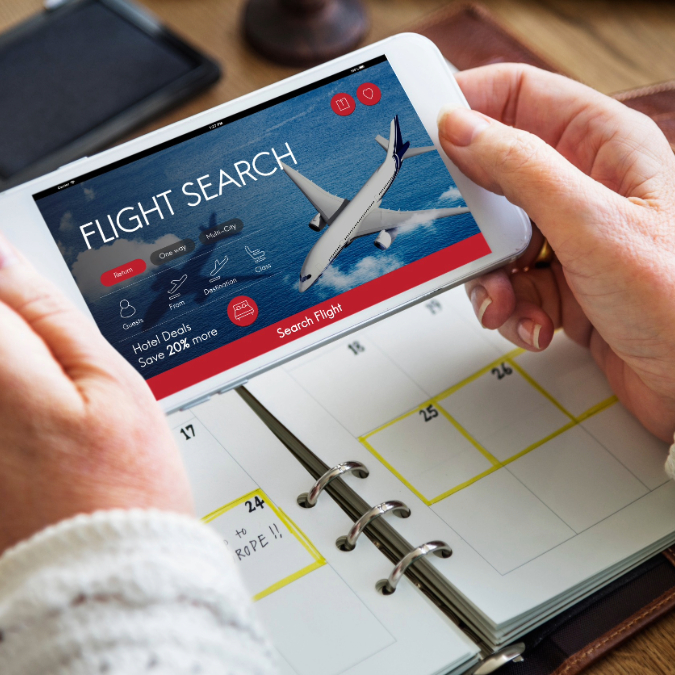
Image Source: pexels.com
Loyalty programs are everywhere. Grocery stores, airlines, coffee shops, and even gas stations want you to sign up. They promise free stuff, discounts, and special perks. It sounds like a win. But sometimes, these programs don’t deliver what you expect. You might even lose money or miss out on better deals. Here’s why your favorite loyalty program might not be as great as it seems—and what you can do about it.
1. Points Expire Before You Use Them
Many loyalty programs have expiration dates for points or rewards. You might think you’re saving up for something big, but if you don’t use your points in time, they disappear. This happens a lot with airline miles and hotel points. Sometimes, you need to make a purchase or redeem something every year to keep your points active. If you forget, all your effort goes to waste. Always check the expiration rules. Set reminders if you need to. If you’re not a frequent user, you might be better off with a program that doesn’t expire points.
2. Rewards Are Hard to Redeem
Some programs make it tough to use your rewards. Maybe you need a huge number of points for anything valuable. Or there are blackout dates, limited inventory, or confusing rules. You might find that the “free” flight you want isn’t available, or you need to pay extra fees. This can be frustrating. Before you join a program, look at how easy it is to redeem rewards. Try to use your points for things you actually want, not just what’s left over.
3. You Spend More Than You Should
Loyalty programs are designed to get you to spend more. You might buy things you don’t need just to earn points. Or you might choose a more expensive brand because of the rewards. This can add up over time. If you’re spending extra money just for points, you’re not really saving. Track your spending. Ask yourself if you’d buy the item without the program. If not, you might be falling into a trap.
4. The Value of Points Keeps Dropping
Companies can change the value of their points at any time. What used to cost 10,000 points might now cost 15,000. This is called “devaluation.” It happens often with travel rewards. You might think you’re saving up for a big trip, but by the time you have enough points, the price has gone up. This makes your points less valuable. Try to use your points sooner rather than later. Don’t hoard them for years. Keep an eye on program changes and act fast if you hear about a devaluation.
5. Hidden Fees Eat Up Your Rewards
Some loyalty programs come with fees. There might be annual fees for credit cards, booking fees for travel, or even charges to transfer points. These fees can wipe out the value of your rewards. For example, some airline programs charge a fee to book with miles or to cancel a reward ticket. Always read the fine print. Add up the real cost before you redeem. Sometimes, paying cash is actually cheaper.
6. You Miss Out on Better Deals
Loyalty can make you blind to better offers. You might always shop at the same store or fly the same airline, even when there’s a better deal elsewhere. This is called “loyalty lock-in.” You could be missing out on sales, coupons, or lower prices from competitors. Before you buy, compare prices. Don’t let points keep you from saving real money. Sometimes, the best deal is outside your favorite program.
7. Your Data Is Being Used
When you sign up for a loyalty program, you give away a lot of personal information. Companies track what you buy, when you shop, and even where you go. They use this data to market to you and sometimes sell it to others. This can lead to more targeted ads and less privacy. If you value your privacy, think twice before joining every program. Check the privacy policy. Decide if the rewards are worth sharing your data.
8. The Program Changes Without Warning
Loyalty programs can change the rules at any time. They might add new restrictions, raise the number of points needed, or take away benefits. You might not get much notice. This can be frustrating if you’ve been saving up for something specific. Stay informed. Sign up for program emails or check their website for updates. If a program changes for the worse, don’t be afraid to walk away.
9. Not All Points Are Created Equal
Some points are worth more than others. For example, a hotel point might be worth less than a credit card point. The value depends on how you use them. Some programs let you transfer points to partners, which can be a better deal. Others don’t. Before you commit, learn how much a point is really worth. Use online calculators or guides to compare. This helps you get the most out of your rewards.
10. You Forget to Use Your Benefits
It’s easy to forget about perks like free upgrades, birthday rewards, or special discounts. If you don’t use them, you lose them. Some programs require you to opt in or activate offers. Set reminders or keep a list of your benefits. Make it a habit to check your accounts before you shop or travel. Don’t let rewards go to waste.
Rethink Your Loyalty Strategy
Loyalty programs can be useful, but only if you use them wisely. Don’t let points or perks control your spending. Stay flexible. Compare deals, read the fine print, and use your rewards before they lose value. Your loyalty should work for you, not the other way around.
Have you ever felt let down by a loyalty program? Share your story or tips in the comments.
Read More
Stop Reading About Last Year’s Top Ten Mutual Funds
Find the Right Amount of Life Insurance in 10 Minutes

Travis Campbell is a digital marketer/developer with over 10 years of experience and a writer for over 6 years. He holds a degree in E-commerce and likes to share life advice he’s learned over the years. Travis loves spending time on the golf course or at the gym when he’s not working.






























